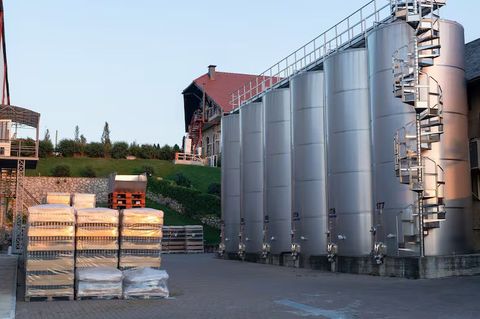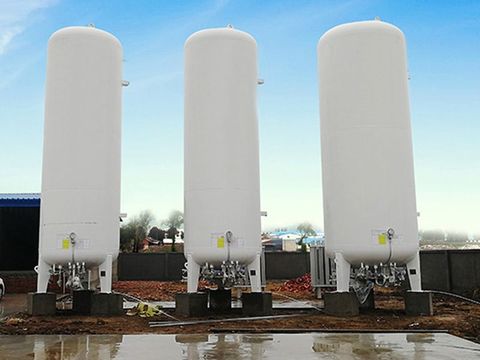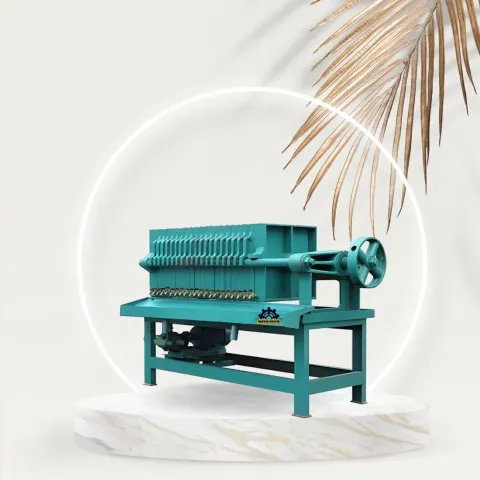Power Substation Equipment: Complete Guide, Tips & Insights
A power substation is a critical node in the electricity grid where electrical energy is transformed, distributed, and protected. Substations step voltage up or down (using transformers), connect different parts of the grid, and isolate faulty sections to ensure safe operation. They are the “junction points” that link generation plants, transmission lines, and local distribution networks.
Substations exist because electricity must travel efficiently and safely from power plants to homes, businesses, and industries. High-voltage transmission minimizes losses over long distances, but end users need lower, safer voltages — this is where substations come in. They also provide control and protection, helping isolate faults and maintain grid stability.
Why Power Substation Equipment Matters
Ensuring Reliable Power Supply
Substation equipment — such as transformers, circuit breakers, and relays — plays a vital role in maintaining a stable power supply. When faults occur (e.g., short circuits), protection devices act swiftly to isolate the problem, preventing wider blackouts.
Supporting the Energy Transition
With increasing renewable energy — like solar and wind — coming online, substations must adapt. Modern equipment allows better integration of these variable sources, helping maintain grid stability even as generation becomes more decentralized.
Enhancing Safety
Substations involve very high voltages. Components such as isolator switches, protective relays, and lightning arresters prevent unsafe conditions, protecting both equipment and people.
Improving Efficiency
Advanced substation design (especially digital substations) enables real-time monitoring, predictive maintenance, and optimized operation, which reduces losses and maintenance downtime.
Impact on Society
Electric utilities, industries, and consumers all benefit. Reliable substations mean fewer disruptions for businesses, more stable electricity for households, and better infrastructure for critical services like hospitals and data centers.
Key Trends and Updates in Power Substation Equipment
Over the past year or so, several significant developments have shaped the landscape of power substation equipment:
Rise of Digital Substations
Digital substations are being adopted more widely. They use protocols like IEC 61850, process and station buses, and intelligent electronic devices (IEDs) to replace much of the traditional wiring. This reduces costs, simplifies maintenance, and enhances safety. Many utilities have retrofitted their 400 kV substations into digital ones.
Eco-Friendly Insulation Technologies
There is a growing shift away from SF₆ gas, which has environmental downsides. Alternatives and SF₆-free switchgear are gaining traction.
Smart Protection and Cybersecurity
With digital substations, cybersecurity has become a central concern. Research proposes using AI, machine learning, and transformer-based models to detect novel cyberattacks on substation protocols. Software-defined networking (SDN) is also being explored for resilient substation operations.
Market Growth
The digital substation market continues to expand. Hundreds of new digital substations are going live, and utilities are investing heavily in remote operation, smart sensors, AI, and edge computing. Advances in micro-PLCs, 5G communication, and fiber-optic networking are also enhancing substation capabilities.
Grid Modernization Moves
Grid operators are improving fault‑current management using devices like fault current limiters, and deploying mobile substations for rapid-response scenarios. Robots and remote-monitoring centers are being used for inspections and real‑time maintenance.
Key Laws, Regulations & Policies
Regulations shape how substation equipment is designed, built, and maintained:
-
Technical standards require substations to use 220 V DC for control, specific lighting norms, and control rooms that house automation and relay equipment.
-
Substations must plan capacity for at least five years of load growth and maintain redundancy for reliability.
-
Safety rules mandate protective measures such as fire-fighting equipment, first-aid provisions, gas masks for large installations, and strict separation of live circuits.
These rules help ensure that substations are safe, reliable, and built to long-term standards.
Tools & Resources for Deeper Learning
Here are several helpful tools, websites, and resources if you want to explore more about substation equipment and operations:
-
IEC 61850 Specification — The international standard for communication in substations, useful for understanding digital substation design.
-
SCADA / Substation Automation Platforms — Vendor documentation gives insight into real-world substation software.
-
Grid Modernization Reports — Publications cover technology trends such as digital substations, eco‑friendly insulation, and robotics.
-
Academic Research — Papers on AI-based cyber‑attack detection and substation cybersecurity.
-
Industry Market Reports — Market outlooks on digital substation growth and trends.
-
Technical Guides — Guides providing plain-language breakdowns of substation components.
Frequently Asked Questions
Q: What are the main components inside a power substation?
A: Typical components include power transformers, switchgear (circuit breakers, isolators), busbars, relays and protection devices, instrument transformers, capacitor banks, insulators, and lightning arresters.
Q: What does “digital substation” mean?
A: A digital substation uses modern digital communications, smart sensors, and intelligent electronic devices (IEDs). These reduce physical wiring, provide real-time data, and enable remote diagnostics and control.
Q: Why is cybersecurity a concern in modern substations?
A: Because digital substations rely on networked devices and protocols, they can be vulnerable to cyberattacks. AI, machine learning, and secure networking help detect anomalies and prevent intrusions.
Q: How do substations help integrate renewable energy?
A: Substations support renewables by connecting solar or wind farms to the grid, managing variable power flows, and using devices like STATCOMs or fault current limiters to maintain voltage stability and safety.
Q: Are there environmental concerns with substation equipment?
A: Yes. Traditional insulation gases like SF₆ are potent greenhouse gases. The industry is moving toward low-global-warming alternatives and more compact, efficient designs to reduce environmental impact.
Conclusion
Power substation equipment may not be visible in daily life, but it plays a foundational role in how electricity reaches you safely and reliably. From classic transformers and circuit breakers to advanced digital substations and AI-driven protection systems, these components are evolving rapidly.
As the world shifts toward cleaner energy and smarter grids, substations are being modernized to handle more decentralized generation, improve efficiency, and defend against cyber risks. Regulations and standards ensure these systems remain safe and resilient.






